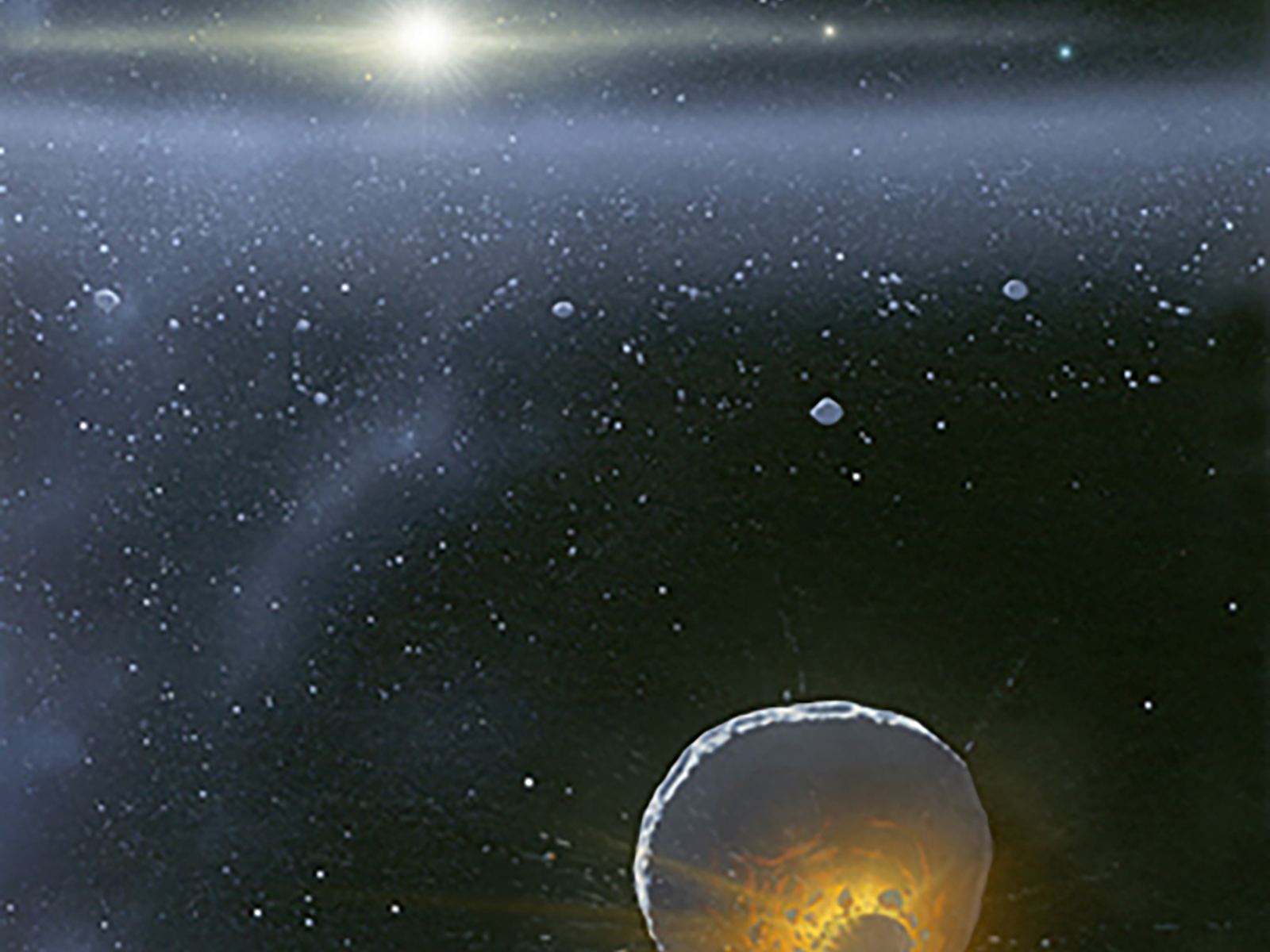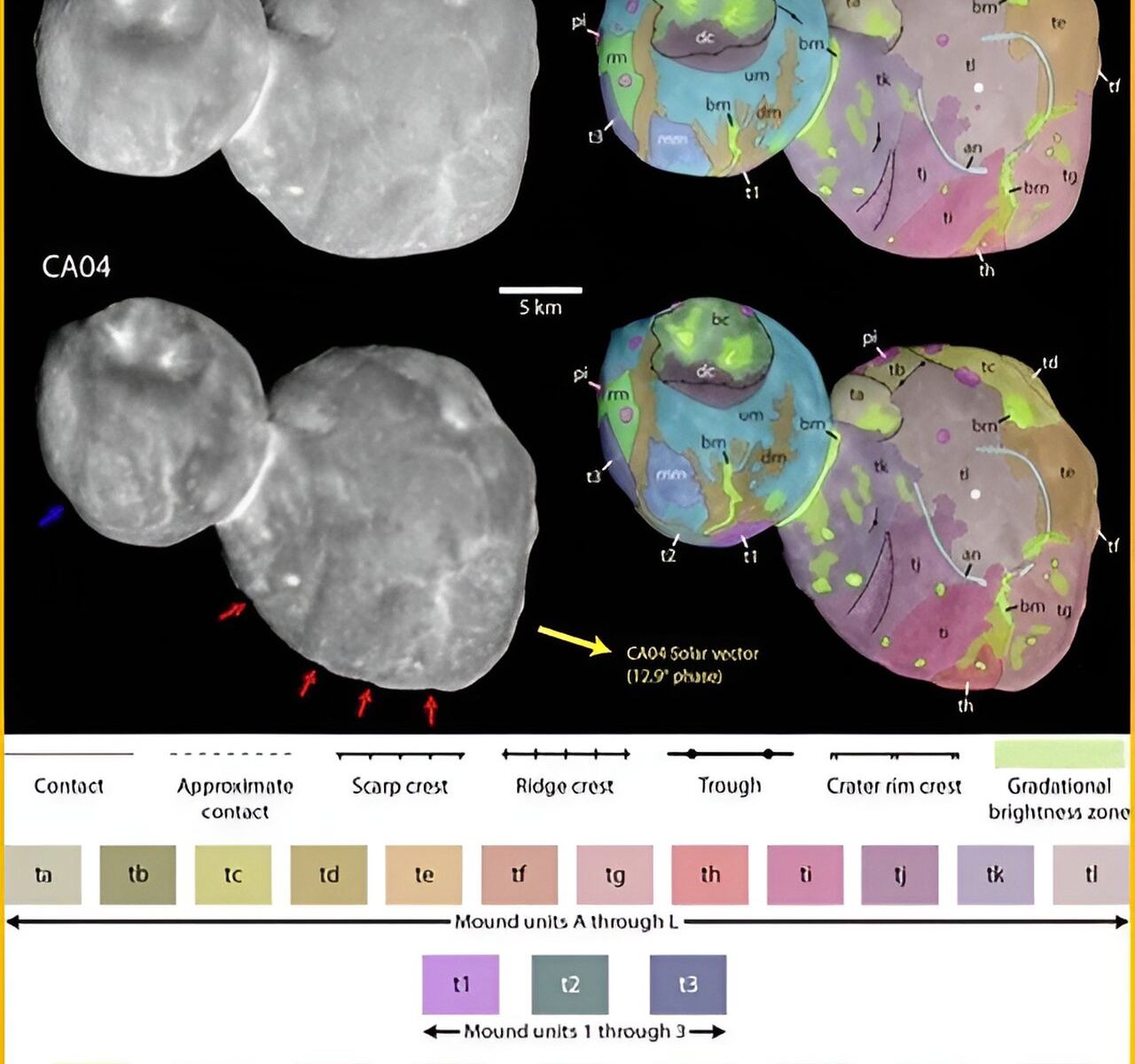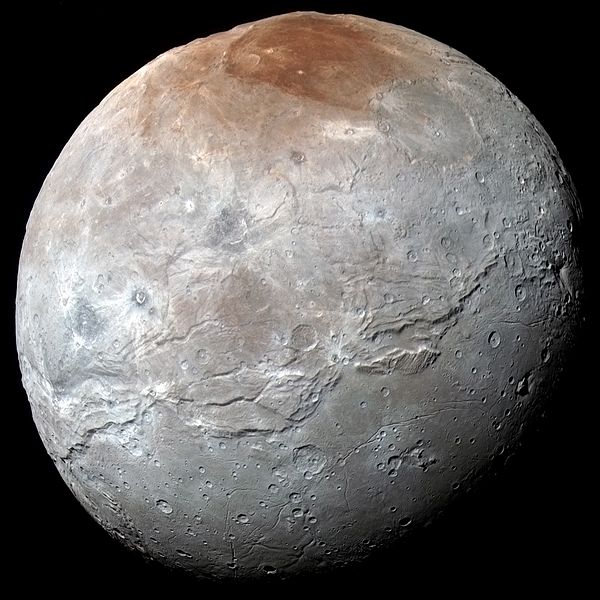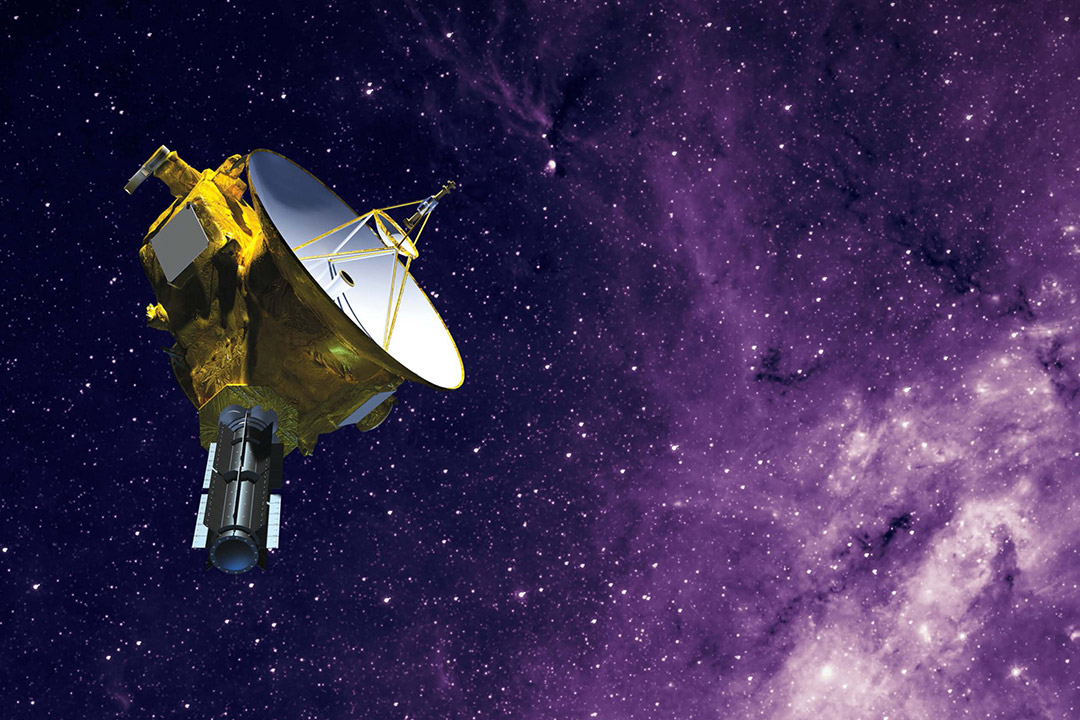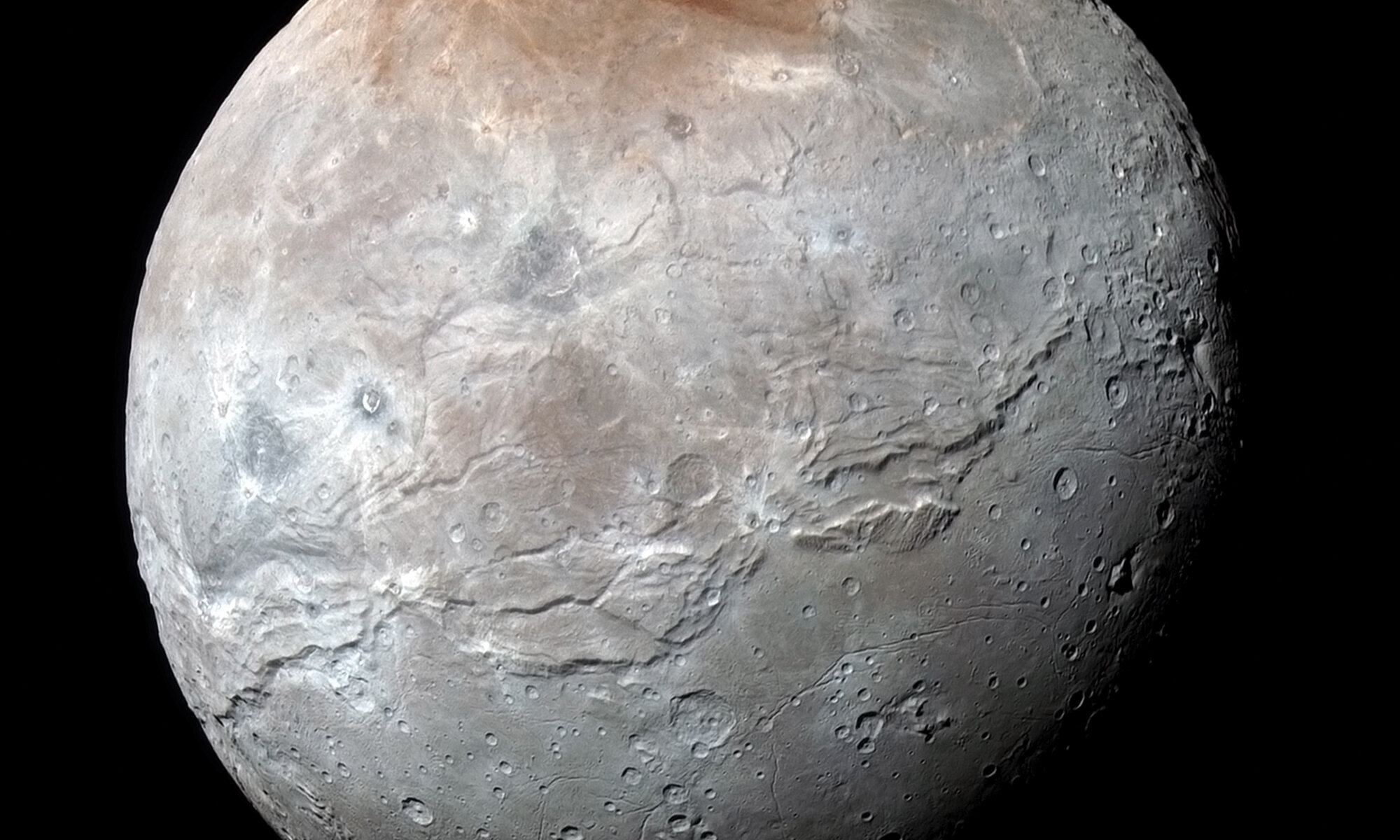NASA’s New Horizons spacecraft is just over 8.8 billion km away, exploring the Kuiper Belt. This icy belt surrounds the Sun but it seems to have a surprise up its sleeve. It was expected that New Horizons would be leaving the region by now but it seems that it has detected elevated levels of dust that are thought to be from micrometeorite impacts within the belt. It suggests perhaps that the Kuiper Belt may stretch further from the Sun than we thought!
Continue reading “The Kuiper Belt is Much Bigger Than We Thought”The Kuiper Belt is Much Bigger Than We Thought
